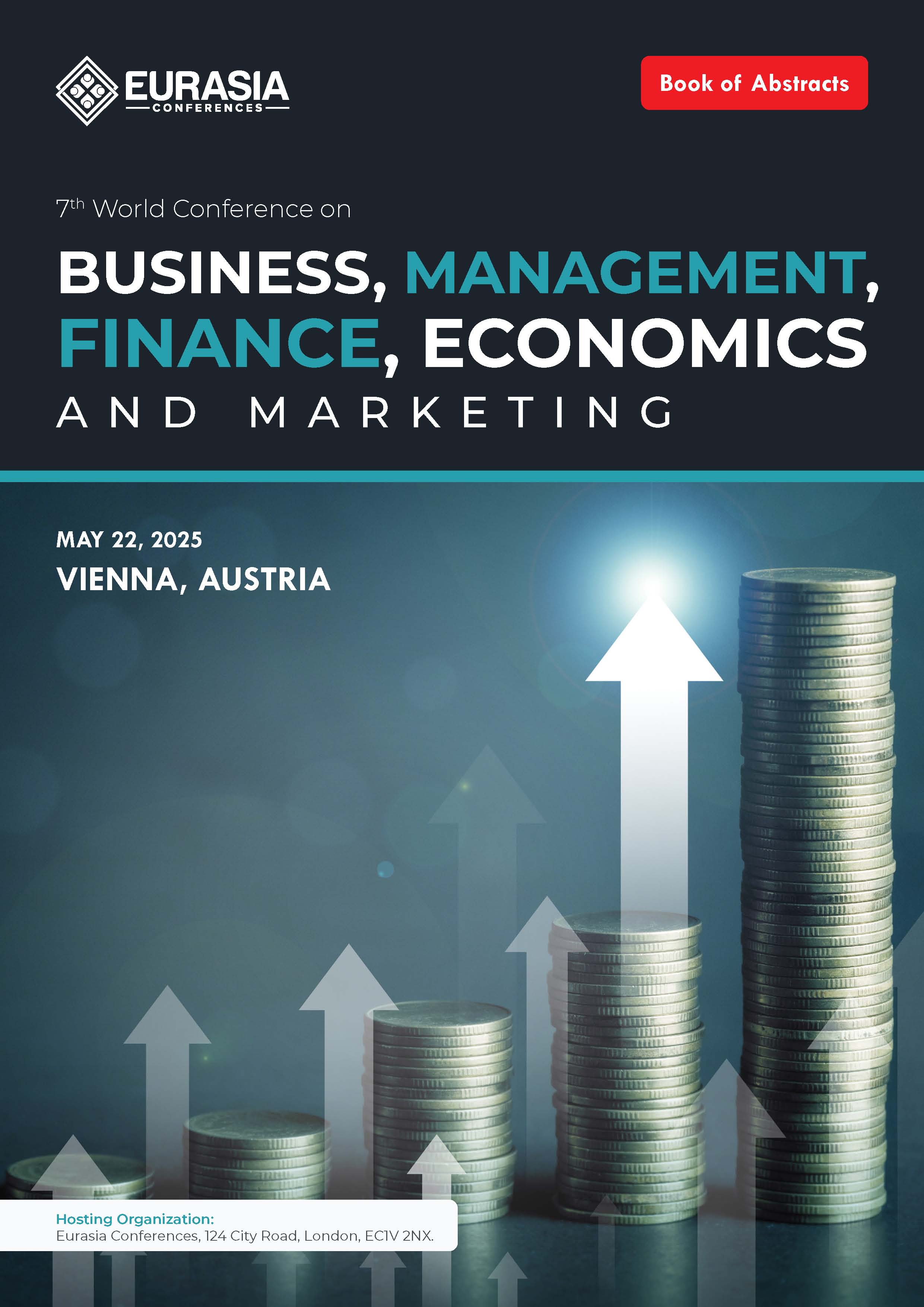
Dr. Adrian Aycan Corum
In this talk, I will try to convey the importance of theoretical modeling in shareholder activism through two papers I am currently working on.
In the first paper, titled “Activist Settlements,” I provide a theoretical framework of negotiations and settlements between activist investors and boards. The activist can demand that his proposal be implemented right away or demand board seats. If rejected, the activist can launch a proxy fight. Contrary to common concerns, value-destroying projects are typically not implemented following settlements, but rather after the activist wins proxy fights with shareholders' endogenous support. Yet, shareholders would be better off by committing to supporting the activist more. Nevertheless, settlements may hurt shareholders even if the activist implements only value-creating projects. The model yields many predictions consistent with existing empirical evidence.
In the second paper, titled “The Stick or the Carrot? The Role of Regulation and Liquidity in Activist Short-Termism,” I study a model of activist short-termism, where the activist can sell his stake in the target before the impact of his intervention is realized. Changes in liquidity or policies that make activists' exit harder can increase firm value if there is only moral hazard (where activist's intervention creates more value if he exerts effort) or only adverse selection (where some interventions destroy value while others create value). However, these changes destroy total firm value when both moral hazard and adverse selection are present. Policies that reward long-termism can also destroy total firm value, but with a lower likelihood. .